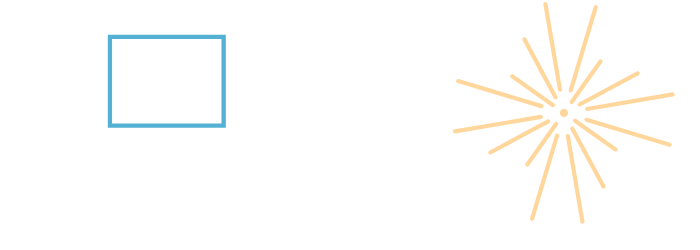Related articles
Secondary antibodies resources
Alexa Fluor secondary antibodies
Biotinylated secondary antibodies
Enhancing Detection of Low-Abundance Proteins
9 tips for detecting phosphorylation events using a Western Blot
Western Blotting with Tissue Lysates
Immunohistochemistry introduction
Immunohistochemistry and Immunocytochemistry
Immunohistochemistry troubleshooter
Chromogenic and Fluorescent detection
Preparing paraffin-embedded and frozen samples for Immunohistochemistry

Fluorescent Markers
What are Fluorescent markers?
Fluorophores are used to detect the expression of nucleic acids, proteins, and other cellular molecules. These fluorescent markers gain light energy at a specific wavelength and emit it at a longer one.
The process of accepting the energy is called excitation and the process of re-emitting the light is emission. Usually, emission happens a few nanoseconds after excitation and the process is known as fluorescence.
When a fluorophore absorbs light energy, several things happen. First, its electrons go from resting to the maximal energy level. This level is called excited electronic singlet state and the energy needed to reach this state varies from one fluorophore to another.
This state ends rather quickly: typically, between 1 and 10 nanoseconds and then a conformational change takes place, leading to the electrons decreasing to a more stable level, known as the electronic singlet state.
While reaching this state, some absorbed energy is released as heat. After they reach the electronic singlet state, the electrons slowly continue to fall back to the resting state and release the leftover energy as fluorescence.
